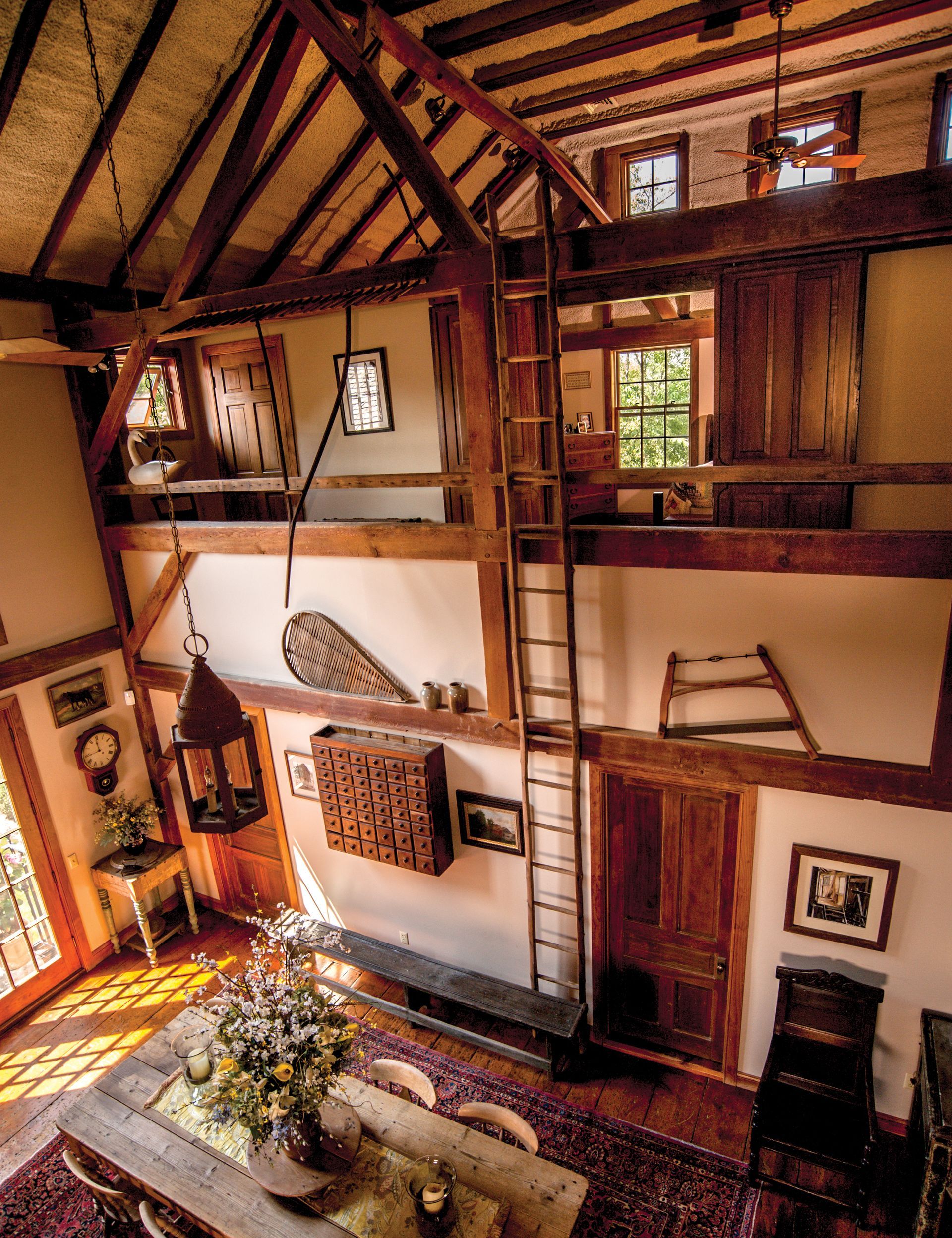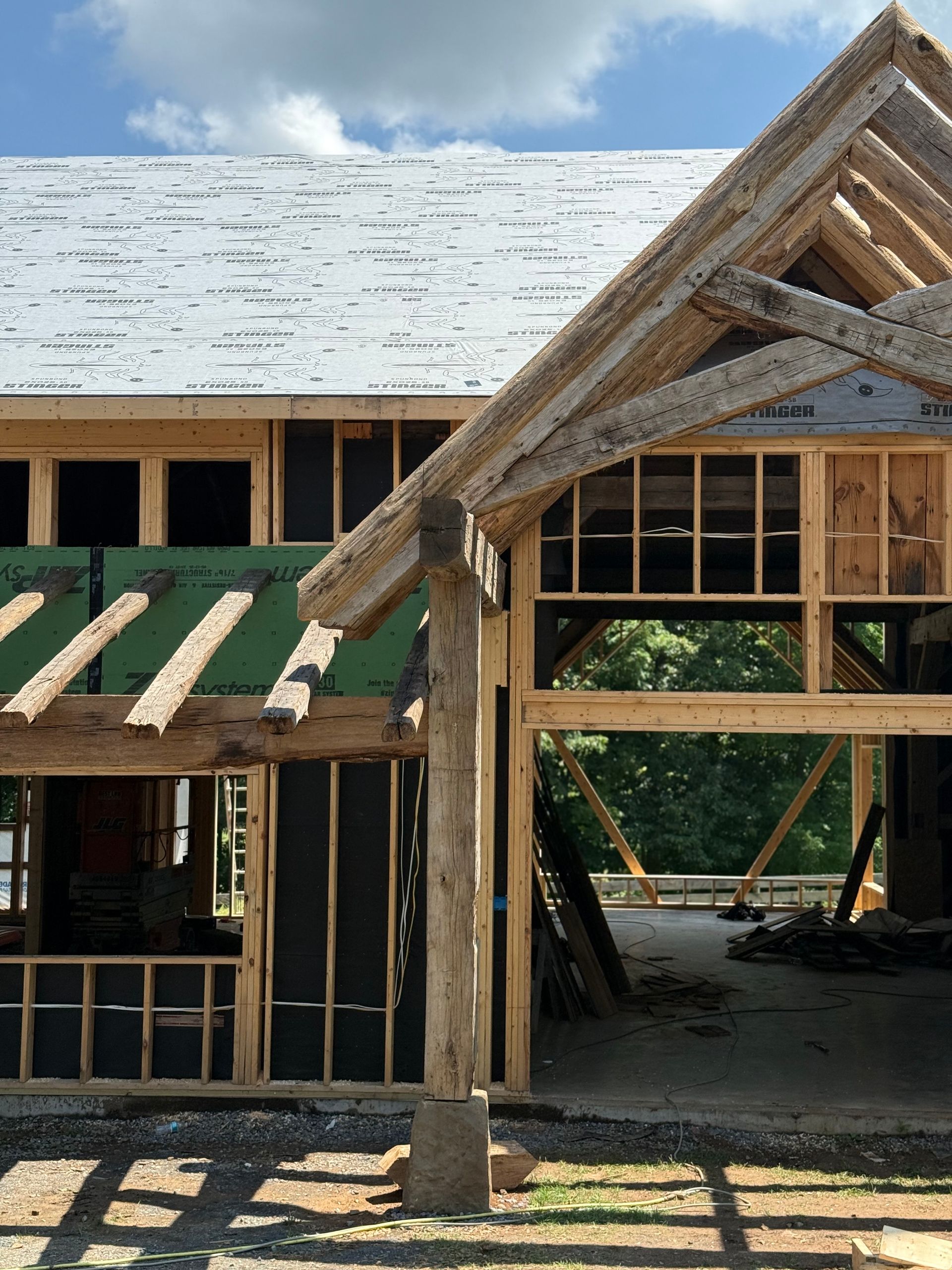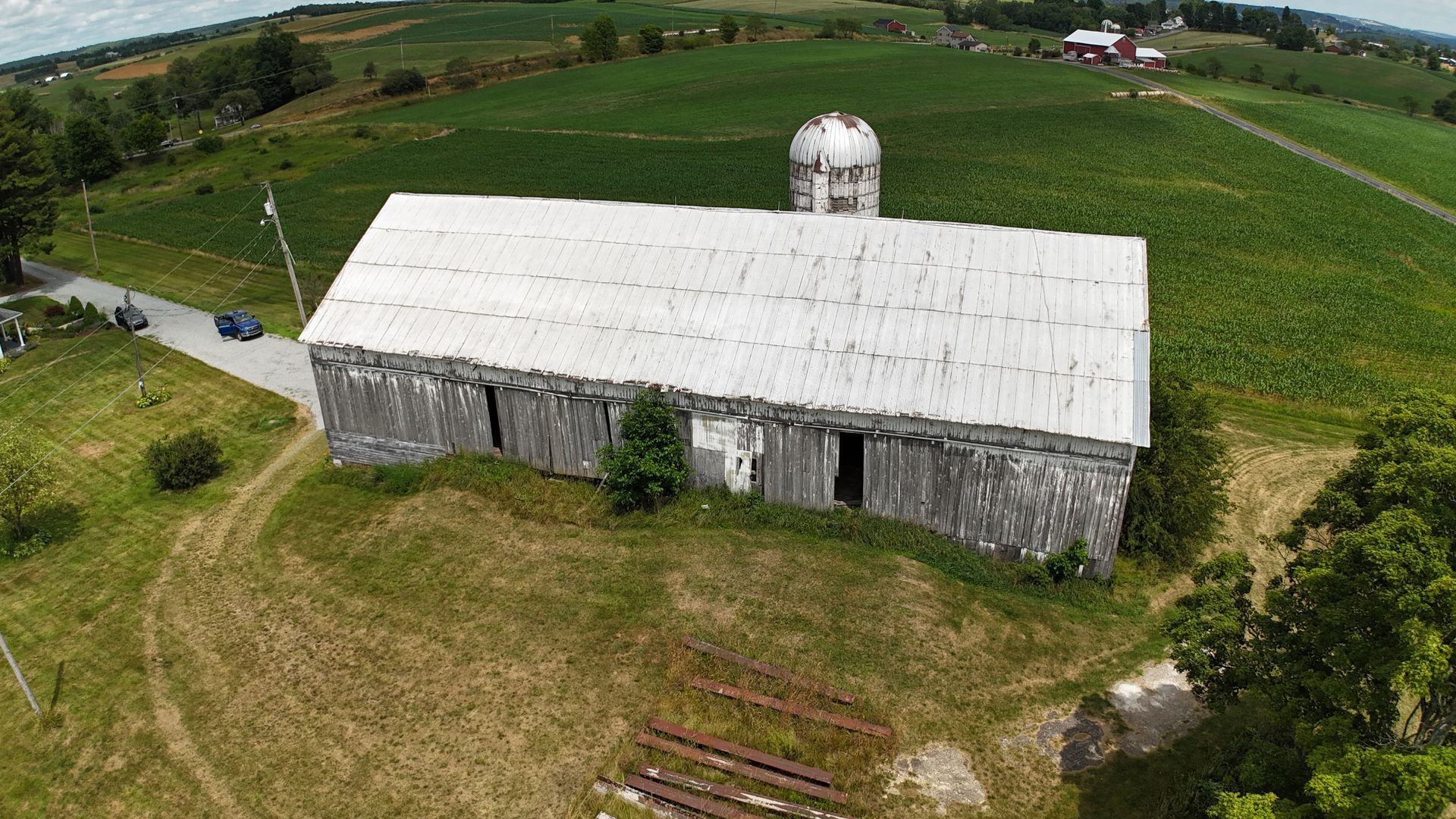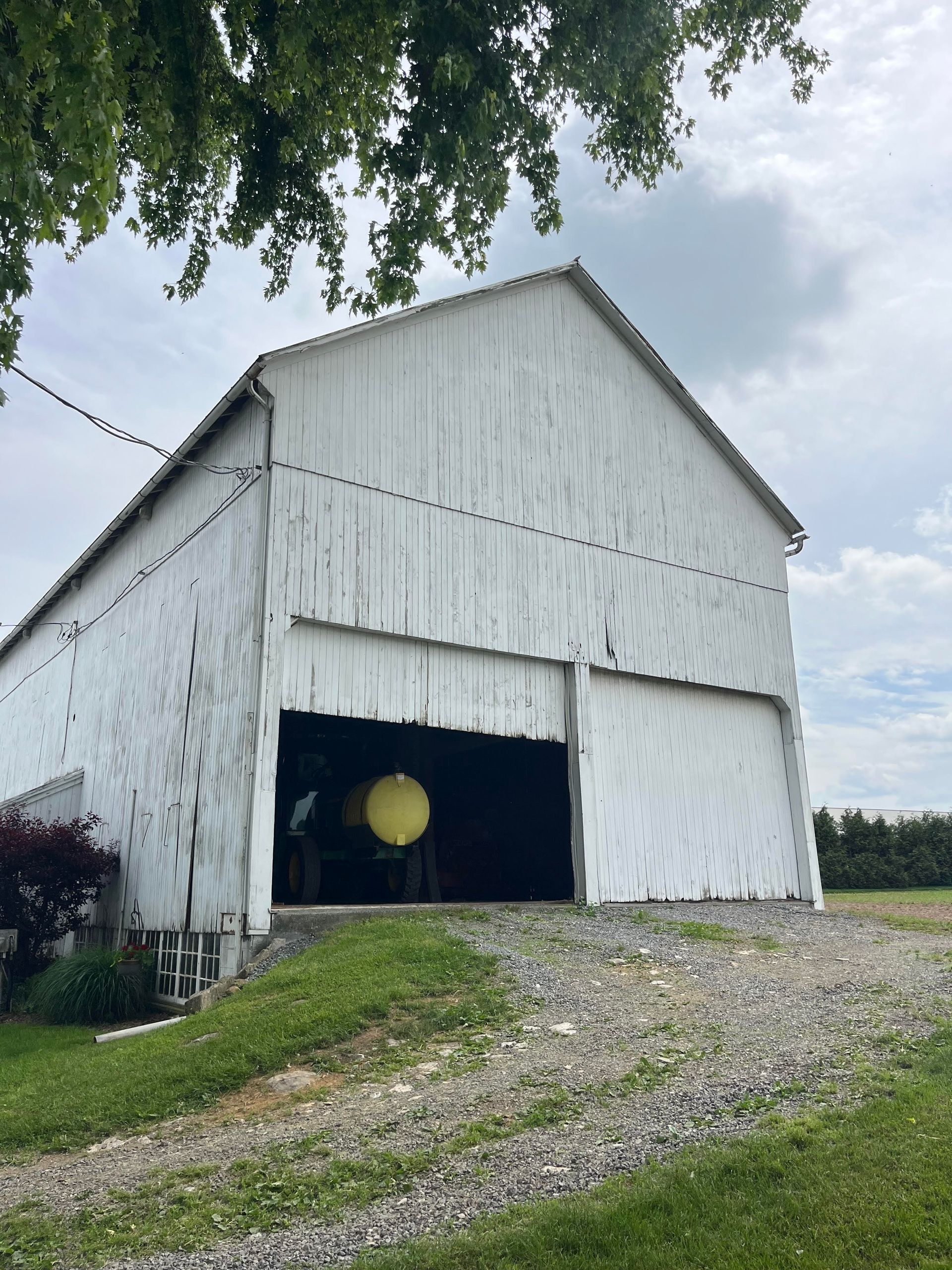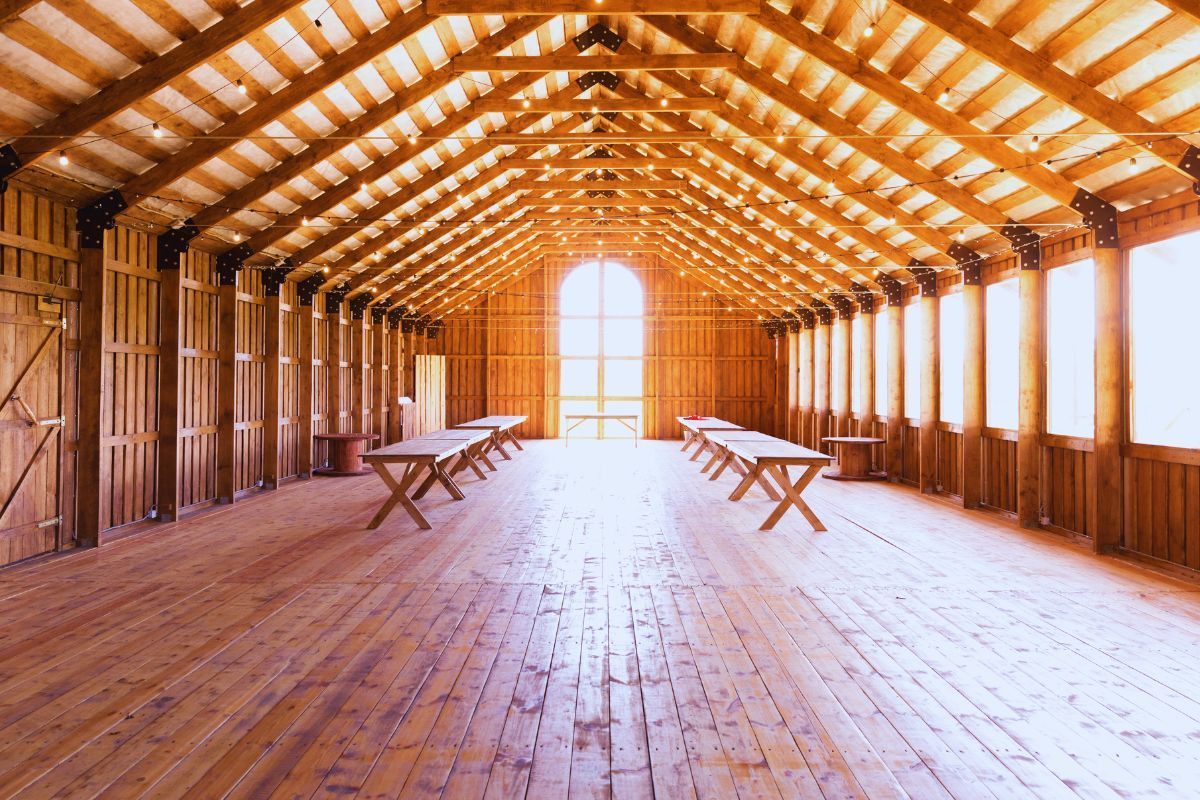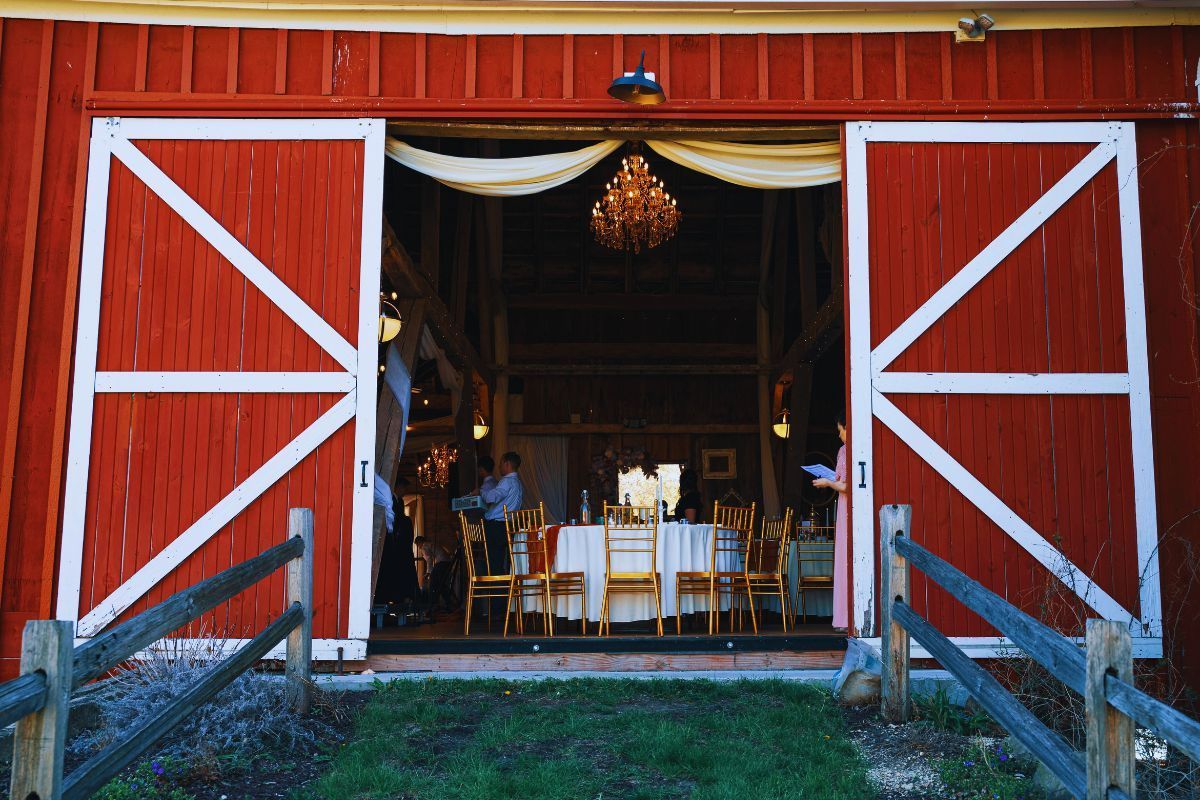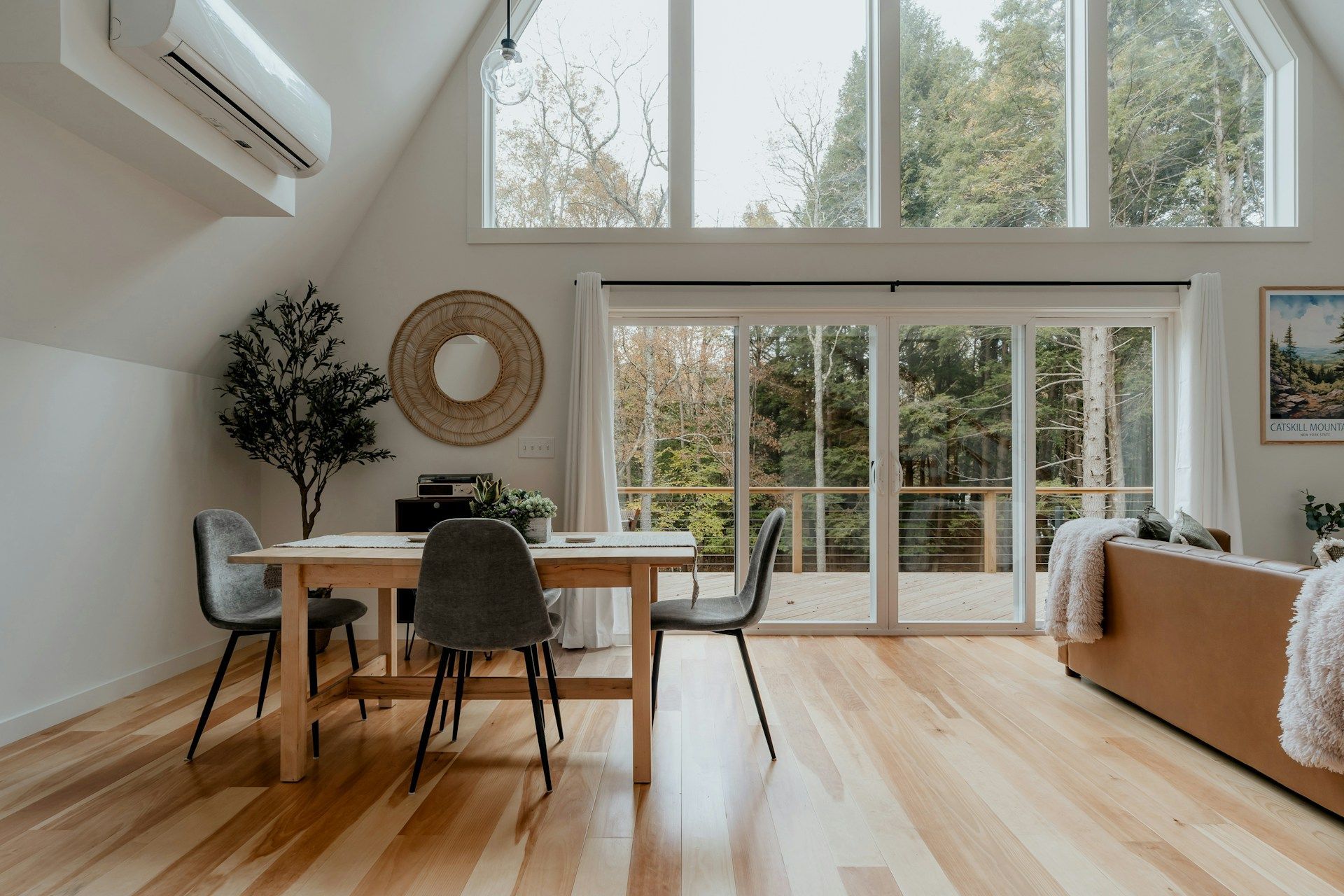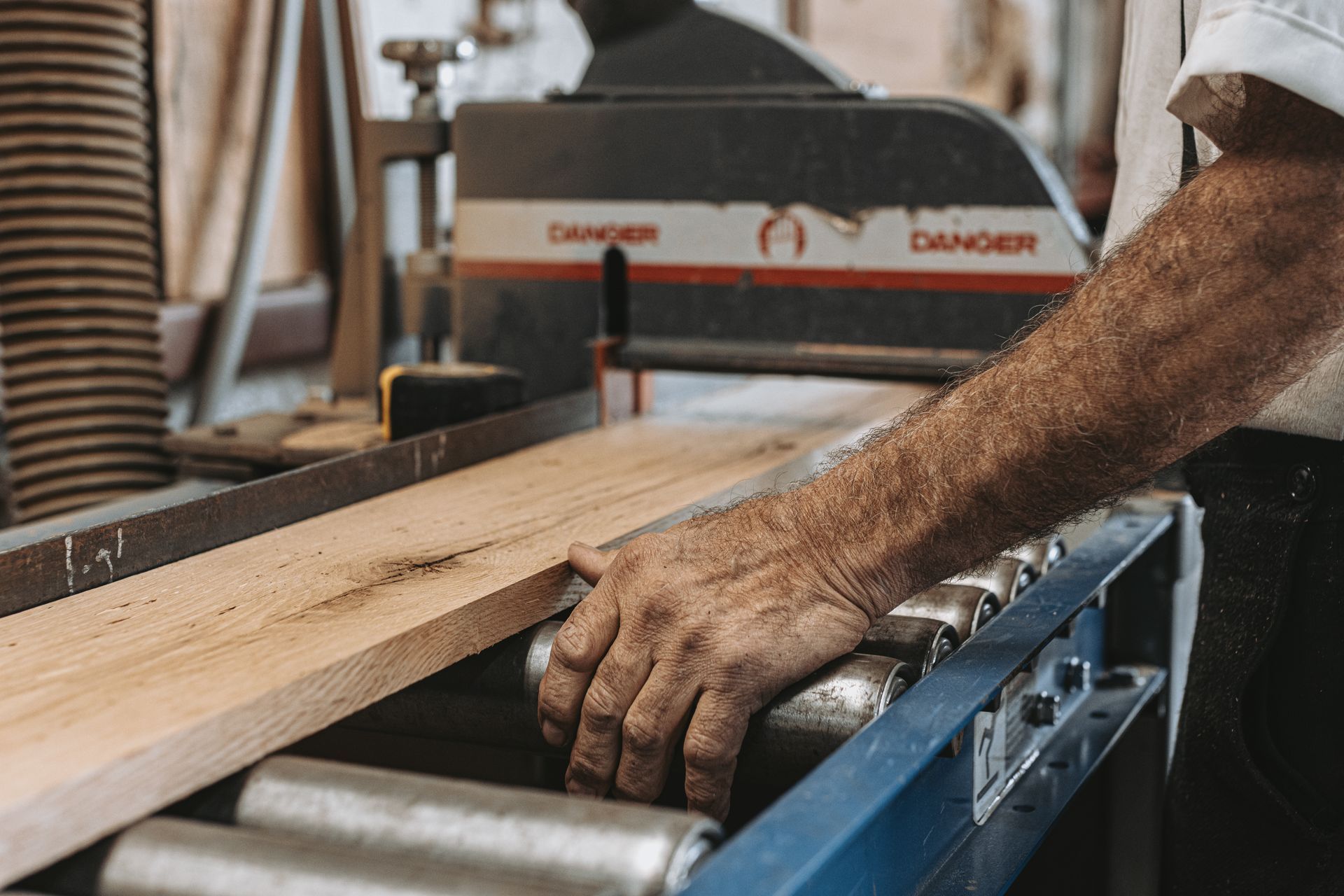Why Pre-Civil War Barn Frames Are a Collector’s Ultimate Find
Treasures from America's Past for Collectors
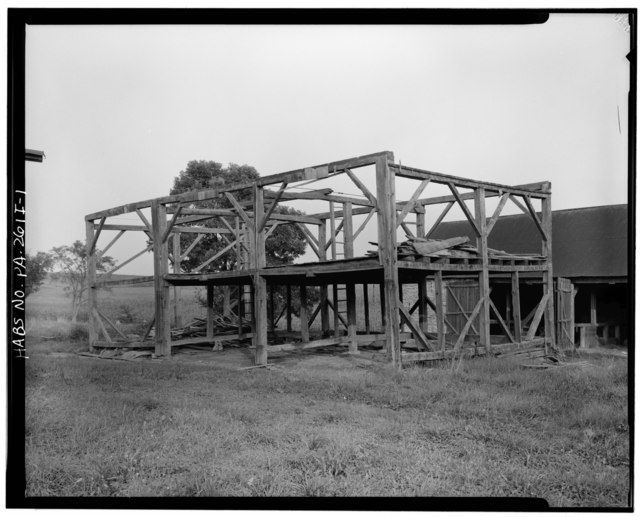
Pre-Civil War barn frames are among some of the most treasured pieces of America's architectural history. Built before 1861, these wooden structures are now highly prized by collectors, historians, architects, and homeowners. But what makes these barns so special? Let's explore why these historic frames continue to fascinate so many people.
Historical Importance of Pre-Civil War Barns
These early American barns tell the story of the country’s agricultural roots. Most were built between the late 1700s and 1860, and they reveal a lot about:
- How American farmers settled across the land
- Building techniques brought over from Europe
- The way farming methods evolved in a young nation
- How people adapted to local materials and climate
Each barn reminds us of American craftsmanship before big machines and factories changed how buildings were made.
Quality of Old-Growth Timber
One major reason these barn frames are so valuable is the wood they’re made of. Pre-Civil War barns were built using old-growth forests, which provided timber that is extremely rare today. These trees grew slowly for hundreds of years, giving the wood qualities like:
- Tight growth rings, making it very strong
- Natural resistance to bugs and rot
- Stability, meaning the wood resists warping or bending
- Beautiful color and texture
Some of the trees used, like white oak, pine, and chestnut, were 200-400 years old when harvested. These kinds of forests no longer exist on a large scale, so this high-quality wood can't be replaced.
Handcrafted with Care and Skill
The builders of these barns were incredibly skilled craftspeople who worked without modern tools. Instead, they:
- Shaped the wood by hand with tools like axes and knives
- Made custom joints with chisels and saws
- Used wooden pins (called trunnels) instead of nails to hold the frame together
Every beam shows evidence of the woodworker’s touch, from the tool marks to the slight irregularities in the wood. These details add unique charm to the barns, which is why so many collectors admire them.
Unique Regional Styles
Pre-Civil War barns also show different building styles based on where they were made. For example:
- New England: Central threshing floors, inspired by English barn designs
- Mid-Atlantic: Bank barns built into hillsides for access to multiple levels
- Dutch-influenced (New York/New Jersey): H-frames and wide rooflines
- Southern: Tobacco barns with special vents for drying crops
Each style reflects the cultural traditions and farming needs of the people who built them, making these barns important cultural artifacts.
Fewer Barns Every Year
Unfortunately, these historic structures are disappearing quickly. Many are destroyed due to:
- Development and urban growth
- Neglect or damage from storms
- The loss of the American chestnut, a tree species wiped out by disease in the early 1900s
- Farming changes, with fewer small farms needing traditional barns today
Repairing and maintaining these barns is often expensive, which leads to more being lost. With fewer barns available and more people interested in preserving them, their value continues to rise.
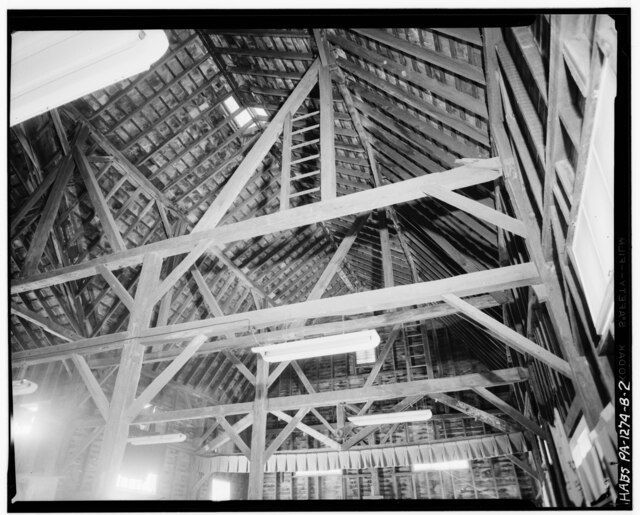
Creative Modern Uses
Even though these barns were built for farming, they’ve found new life in different roles today. Some ways people repurpose barn frames include:
- Homes with high ceilings and open floor plans
- Restaurants, wineries, or event spaces
- Vacation homes or guest cottages
- Art studios or workshops
Their sturdy structure and beautiful wood make them perfect for modern designs, while keeping their historical charm alive.
A Valuable Investment
Along with their beauty and history, these barn frames are a smart investment. They:
- Get more valuable as they become rarer
- Add unique characters and stories to your property
- Appeal to eco-conscious buyers because they make use of recycled materials
- Have already proven their durability by standing strong for centuries
Though buying and restoring a frame can be costly, it often pays off both financially and culturally in the long run.
Saving a Piece of American History
Most importantly, preserving these barns helps us keep a part of our nation’s history alive. Each frame tells a story about the resourcefulness and craftsmanship of early Americans.
When reused thoughtfully, these structures become part of new chapters, giving future generations a way to connect with the past. For collectors and enthusiasts, owning a pre-Civil War barn frame isn’t just about having a piece of history. It’s about protecting the legacy of skilled builders and ensuring their work inspires for years to come.
At Bay & Bent, we specialize in sourcing the finest historic barn frames from across the country. Each frame is carefully disassembled and restored at our facility to ensure it’s ready for its new purpose. We then deliver these reclaimed treasures anywhere in the world, where they can be reassembled into unique homes, event spaces, or other creative projects.
